From stunning national parks and perfect sandy beaches to those big-screen Hollywood dreams and beyond, it’s no wonder close to 40 million people like to call California home. But The Golden State is also an economic powerhouse, with a GDP larger than all but a handful of the world’s countries, and a fair chunk of that GDP comes from agriculture.
Protecting all the fun and farmland begins right at the California border, with officers at sixteen different checkpoint stations enforcing the rules and prohibitions that keep the Golden State running.
To help you cruise through without incident and get to your new home as smoothly and quickly as possible, we’re laying out all the major rules right here about what you can and can’t bring with you.
Pets, livestock, and other animals
Here’s some good news: bringing common household pets into California is not a problem at all! Cat owners in particular have it easy: the California Department of Public Health (CDPH) doesn’t require any documentation for domestic felines. On the other hand, dogs require proof of rabies vaccination, but nothing else.
The California Department of Fish and Wildlife (DFW) offers an impressive list of animals that can not be imported into the state. Interestingly, there seem to be no restrictions on the American bison.
“One large category of prohibited items might surprise you, and that’s all citrus plants. California is particularly serious about barring all of it, including loose pieces of citrus fruit, from being brought into the state.”
The DFW also offers information on restricted species. If you aren’t sure where your iguana stands, check directly with the authorities in your specific region.
And for all you farmers and ranchers out there, the California Department of Food and Agriculture has information on importing livestock and poultry.
Licensing your dog or cat in California once you’ve moved in is mandated and enforced locally. Check with your city or county for your specific required actions – preferably before you arrive.
Here’s $25 Off Movers

Alcohol, marijuana, and other cannabis products
As long as you are 21 or older you are permitted to bring alcoholic beverages into California provided it is for personal or household use. Transporting alcohol into the state for commercial or business purposes requires a license from the Department of Alcoholic Beverage Control (ABC).
Persons 21 and older are also legally permitted to possess and use marijuana within the limits of state and (beware) local laws.
“[The] AG requires that you…do one of three things within sixty days of moving to California: register your firearm, sell it to a licensed dealer, or sell it to the police or sheriff’s department.”
But, there’s a caveat when it comes to transportation of it. Under current federal law, it is illegal to transport marijuana or any cannabis products (like edibles) across state lines. So as you peruse California’s laws regarding using and growing and keeping marijuana in your car, understand that this only applies once you are in-state.
In short, feel free to bring your Budwiser along (and make sure you pack and move it correctly), but leave your bud behind.
Moving far away?
Do it cheaper.
MovingPlace can save up to 40% compared to traditional interstate moving companies. Click here to learn how.
Open Container Laws
Article 2 Section 23223(a) of California’s State Vehicle Code states it is illegal for any person operating a motor vehicle on California’s highways or public roads to have in their possession “any bottle, can, or other receptacle, containing any alcoholic beverage that has been opened, or a seal broken, or the contents of which have been partially removed.” The same goes for any passenger, as stated in 23223(b).
Section 23225 states that the above may not be kept in a vehicle unless it is in the trunk, or out of reach if there is no trunk, or as a last resort inside a locked container.
The same rules apply to cannabis, in a container or otherwise, as stated in Section 23222.
All the detailed (and strangely repetitive) laws can be found right here, starting with the “no drinking or smoking weed by any driver or passenger” law of Section 23220.
Firearms and weapons
Make of it what you will, but California is tougher on huckleberries than they are on handguns. As California’s Attorney General states regarding firearms information for new California residents:
“Any person transporting handguns into California is required under California law to transport those handguns unloaded and in a locked container other than the glove compartment or utility compartment of a vehicle.”
In addition, the AG requires that you, as a gun owner, do one of three things within sixty days of moving to California: register your firearm, sell it to a licensed dealer (or to a third party through a licensed dealer), or sell it to the police or sheriff’s department.
While there is no specific mention of the legality of bringing shotguns or rifles into the state, under the Transporting Firearms in California section, the AG explains that these non-concealable firearms are not required to be transported in a locked container, but must be unloaded while in transit.
And just in case you were wondering, it would be best not to try to bring your assault weapon across the California border – or any border for that matter.
“Licensing your dog or cat in California once you’ve moved in is mandated and enforced locally. Check with your city or county for your specific required actions – preferably before you arrive.”
Unlike firearms (and much more like huckleberries), California “generally prohibits” a wide variety of weapons. California Penal Code 16590 lists nunchucks, cane swords, and lipstick case knives among the wide array of weapons that, if you have them, can land you in hot water. A pity for the aspiring spy, but it’s best to leave all of these behind if you’re moving to California.
Plants and produce
California is right to be protective of its $30 billion agricultural industry. An outbreak of invasive insects and pests could wreak havoc on the economy of the state, and the supply of fruits and vegetables across the country. Therefore, the California Department of Food and Agriculture (CDFA) is not shy about stopping potential disasters at the border.
Houseplants that have not been grown outside are generally allowed, as long as they are potted in commercially sold soil and not dirt from your old backyard. If a plant shows any sign of infestation or disease it will quickly be confiscated. For more detailed guidelines check out these Q&A by the CDFA
One large category of prohibited items might surprise you, and that’s all citrus plants. California is particularly serious about barring all of it, including loose pieces of citrus fruit, from being brought into the state. Many other fruits, as well as a number of nuts and vegetables, are also prohibited. This extensive list by the CDFA lays out all the fun and surprises.
See prices for local moving labor. Read real customer reviews. Easily book your help online.
The process — and sometimes the long wait — at California’s border stations can seem like an unnecessary hassle when you’re sitting there in your loaded-up vehicle. But California alone produces a third of the country’s vegetables and three-quarters of its fruits and nuts. It makes sense for them to be tough.
Doing your part when you make your move to Cali makes their job, and the long lines, a little easier to take.






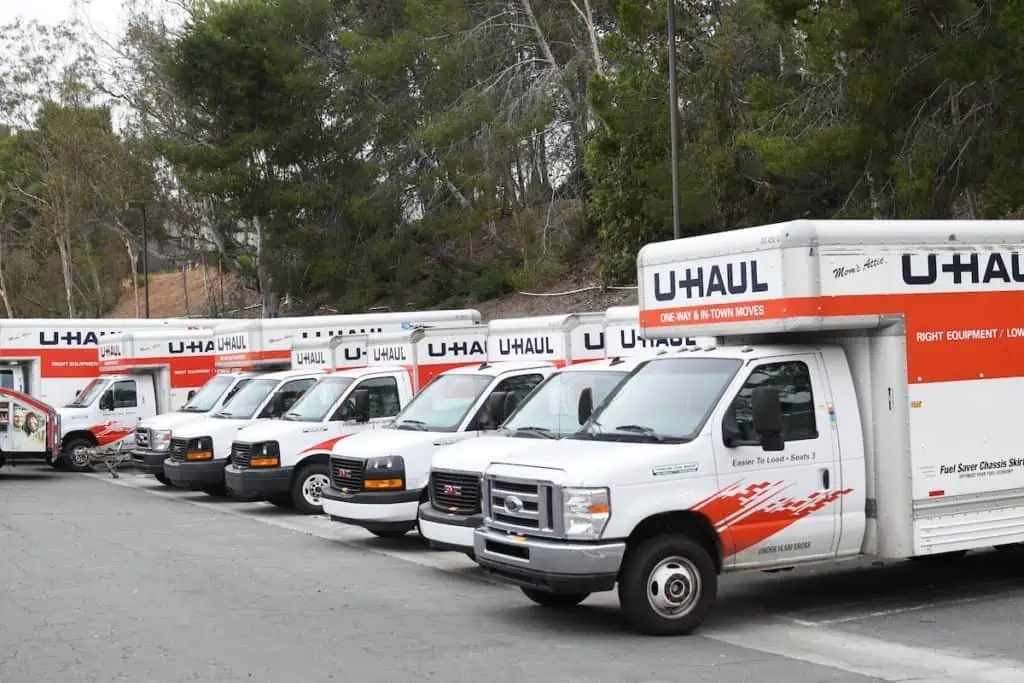
 Out-of-state admission is a decent measure of how much of a pull a given college has, but it doesn’t give us the full picture. Some schools may feature a high percentage of out-of-state students, but that number may be inflated by attraction from nearby states.
Out-of-state admission is a decent measure of how much of a pull a given college has, but it doesn’t give us the full picture. Some schools may feature a high percentage of out-of-state students, but that number may be inflated by attraction from nearby states.




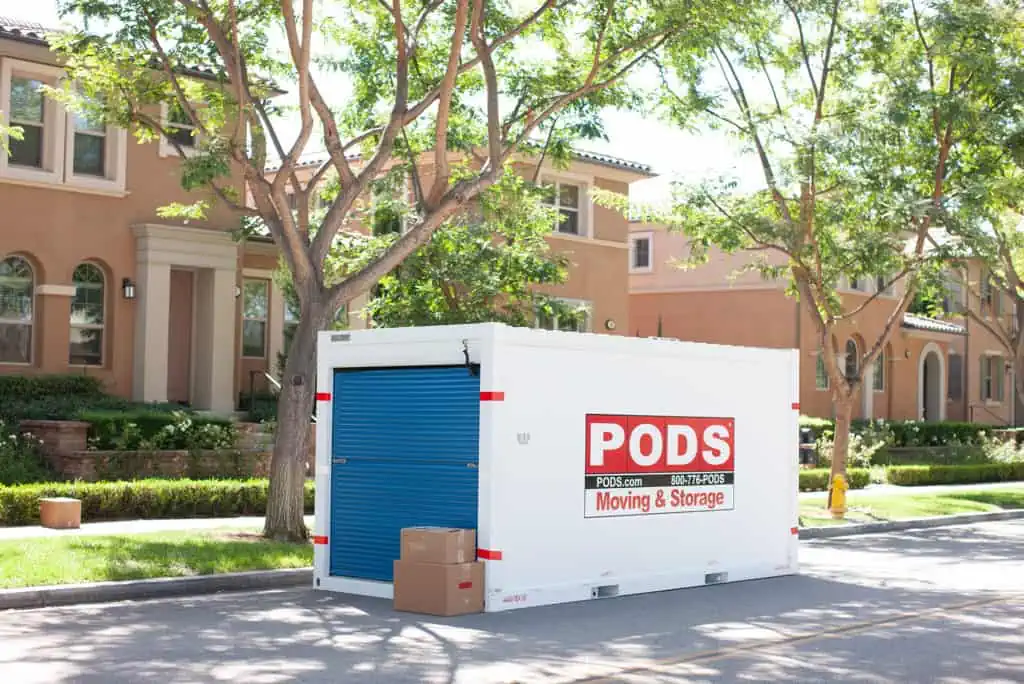


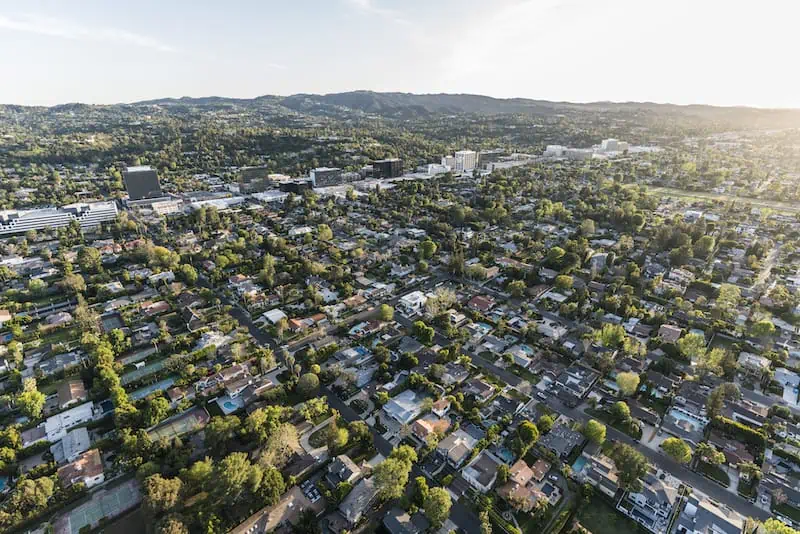



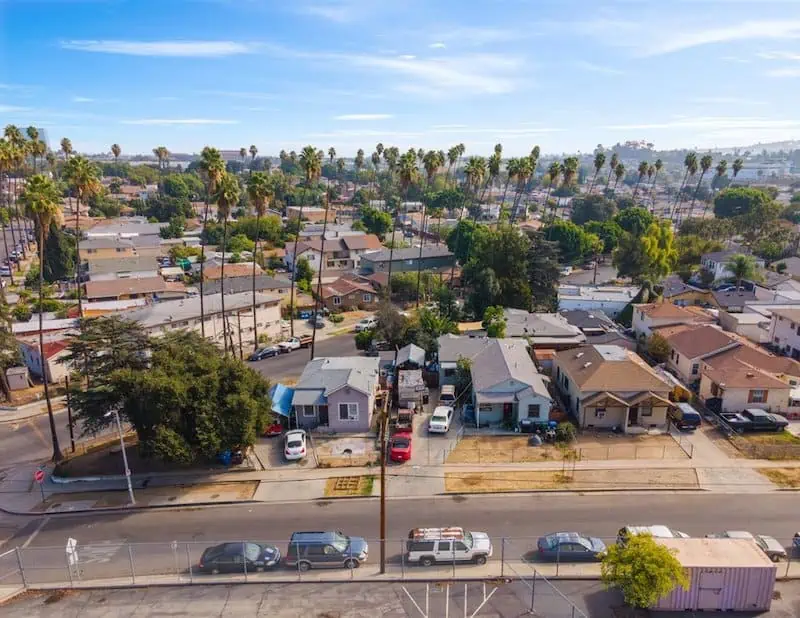


 Contrary to popular belief, not everything’s more expensive in SoCal versus NorCal. When comparing the cost of moving in Northern California versus Southern California, there’s virtually no statistical difference. Moving labor costs are roughly $443 in both regions, on average.
Contrary to popular belief, not everything’s more expensive in SoCal versus NorCal. When comparing the cost of moving in Northern California versus Southern California, there’s virtually no statistical difference. Moving labor costs are roughly $443 in both regions, on average.









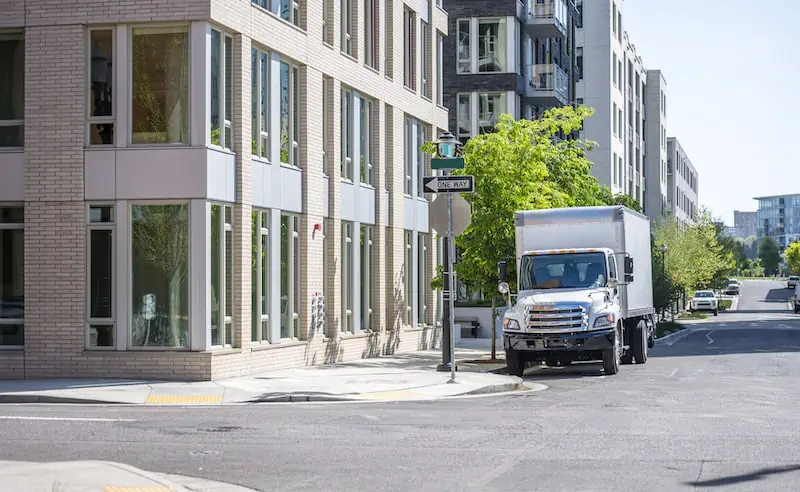

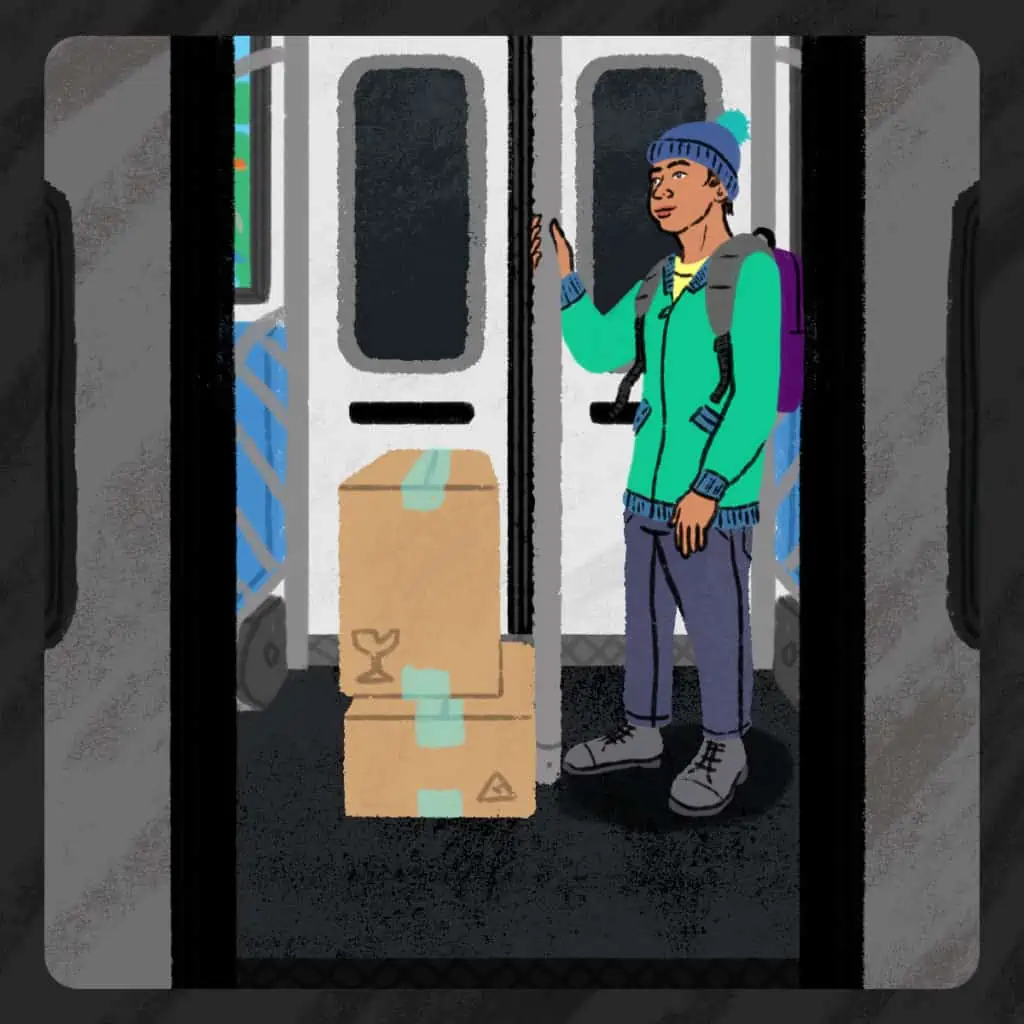 Now that we’ve looked at the states, let’s turn to the cities. We looked at ten of the biggest cities across the country to get a sense of just how many people from all over the country and the world they bring together.
Now that we’ve looked at the states, let’s turn to the cities. We looked at ten of the biggest cities across the country to get a sense of just how many people from all over the country and the world they bring together.
